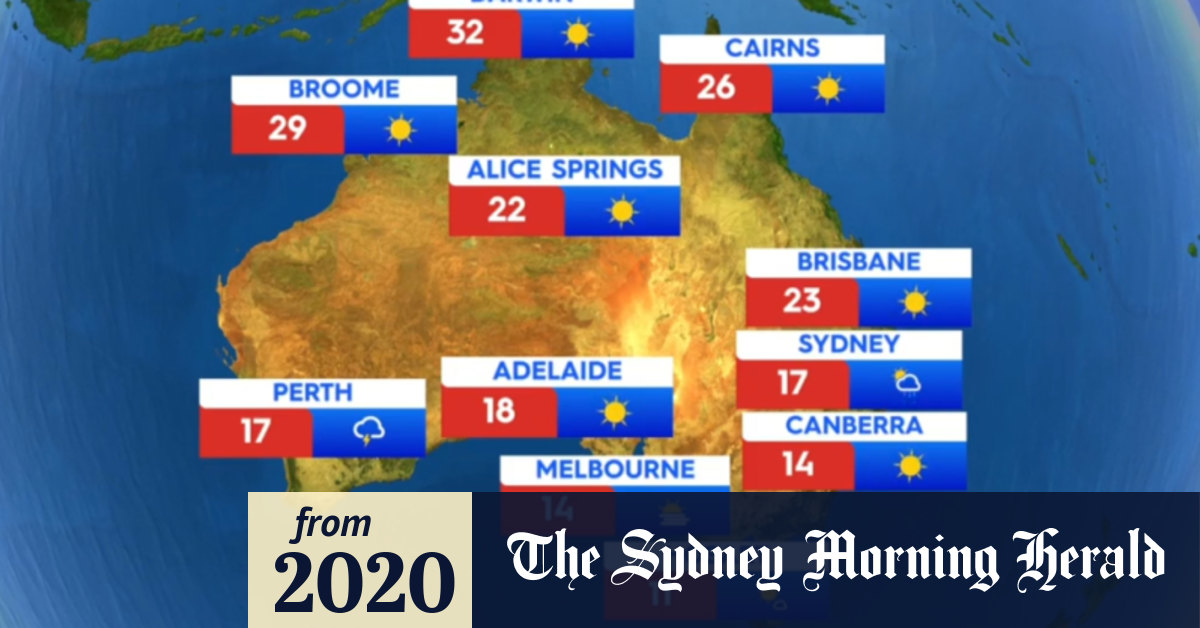Today, we delve into the intricate world of weather forecasting to uncover what lies ahead on this significant date. It’s not just about pointing out whether to bring an umbrella or sunglasses. Weather predictions have a profound impact on various aspects of our lives, from daily routines to large-scale events.
Imagine waking up on the morning of July 10, eager to plan your day but unsure about what the skies hold. Will it be a bright sunny day perfect for outdoor activities, or should you brace yourself for heavy rain that could alter your plans? This uncertainty is where the magic of weather forecasting comes into play.
When meteorologists peer into their crystal balls – in this case, advanced weather prediction models – they are not just guessing. They are analyzing a plethora of data points collected from satellites, radar systems, weather stations, and more. These pieces of information help them paint a picture of what the atmosphere has in store for us.
As we look towards July 10th, experts predict a mix of conditions across different regions. From scorching heat waves in one area to cool breezes in another, each part of the country might experience its unique atmospheric mood. This diversity highlights the complexity and dynamism of our planet’s weather systems.
In understanding these forecasts better, it’s vital to remember that weather predictions are not set in stone. Nature has a way of surprising us sometimes, throwing unexpected twists into the atmospheric mix. As much as science has advanced, there’s always an element of unpredictability that keeps meteorologists on their toes.
One expert meteorologist sheds light on this aspect by stating,
“Weather forecasting is like solving a puzzle with constantly changing pieces. It requires skillful analysis and interpretation to provide accurate predictions.”
This analogy captures the essence of how meteorologists navigate through layers of data to offer insights into future weather patterns.
Beyond personal convenience, accurate weather forecasts are crucial for various sectors such as agriculture, aviation, and disaster management. Farmers rely on these predictions to plan their planting schedules effectively and mitigate crop damage due to extreme conditions like droughts or storms.
In aviation, knowing upcoming weather patterns is essential for ensuring safe flights and efficient operations. Pilots use forecasted wind speeds and turbulence data to chart optimal routes while airport authorities prepare for possible disruptions caused by adverse weather.
Moreover, disaster management agencies heavily lean on advance warning systems derived from weather forecasts to brace communities against natural calamities like hurricanes or floods. Timely alerts enable authorities to evacuate areas at risk and mobilize resources for emergency response efforts proactively.
As we reflect on the significance of national weather forecasts for July 10th and beyond, let’s appreciate the intricate work behind those seemingly simple temperature icons on our screens. The next time you check the forecast before stepping out or planning an event outdoors, remember the dedication and expertise that go into unraveling nature’s atmospheric mysteries.

